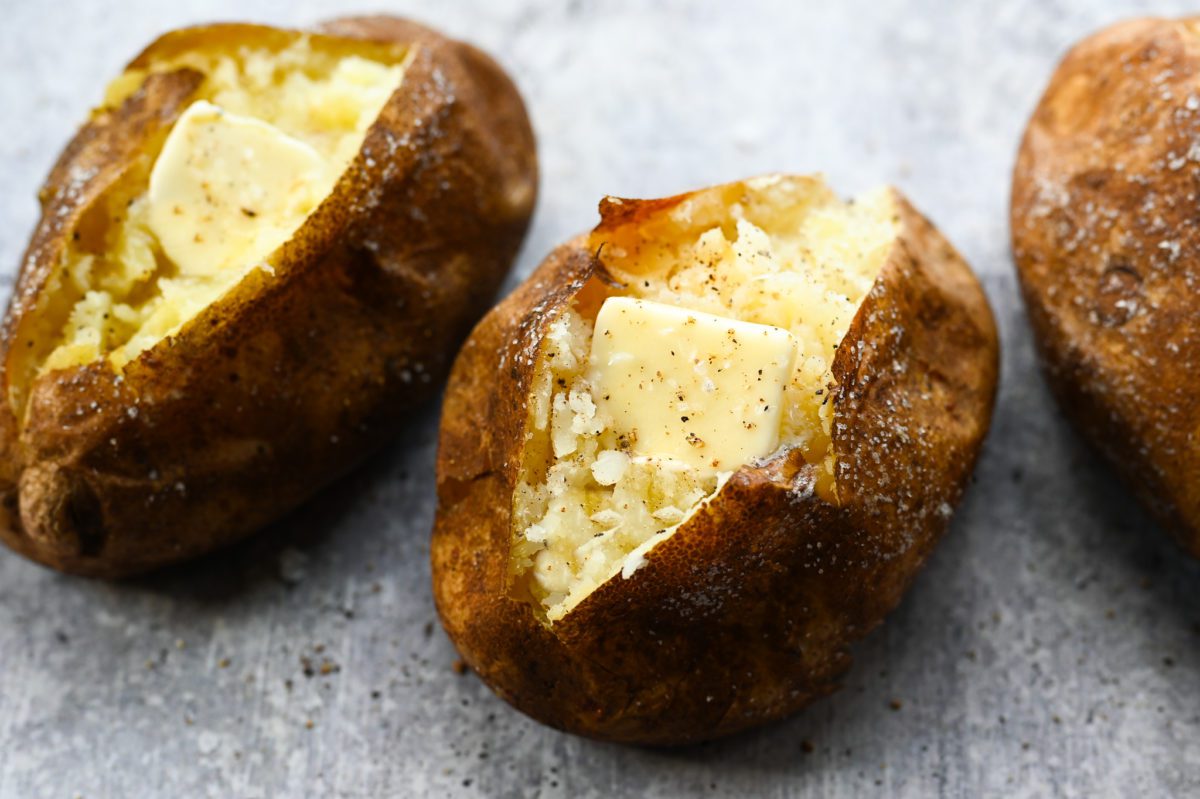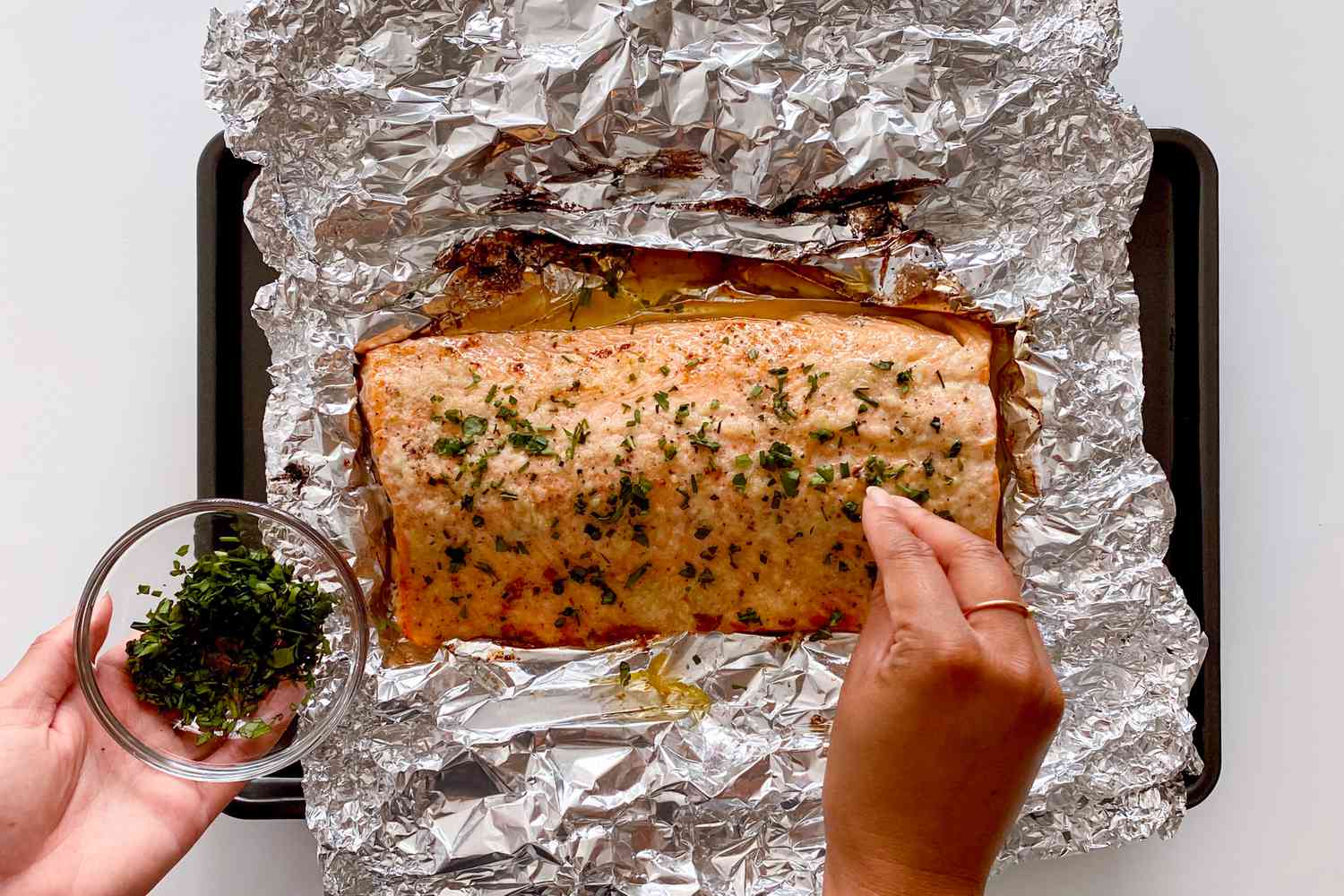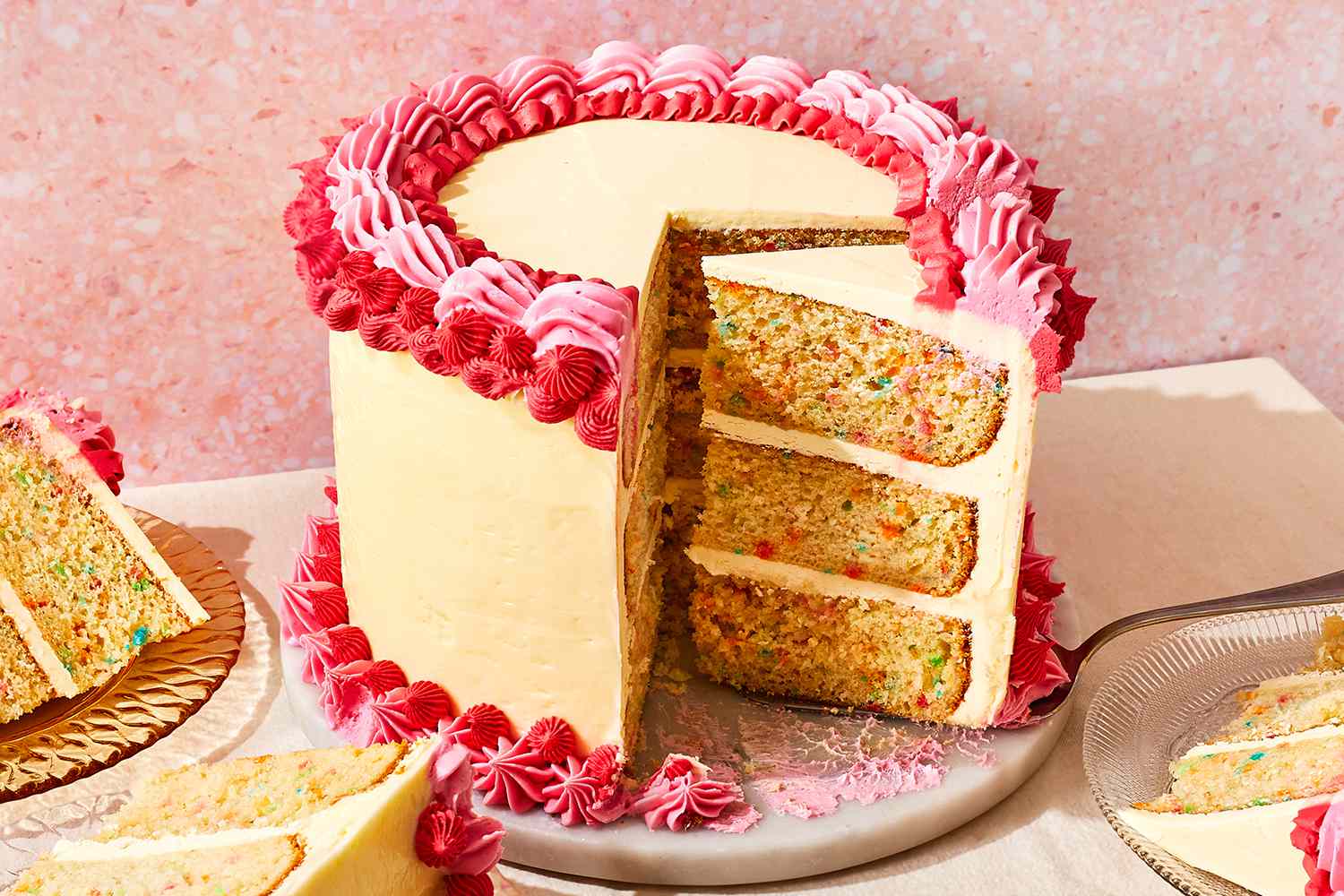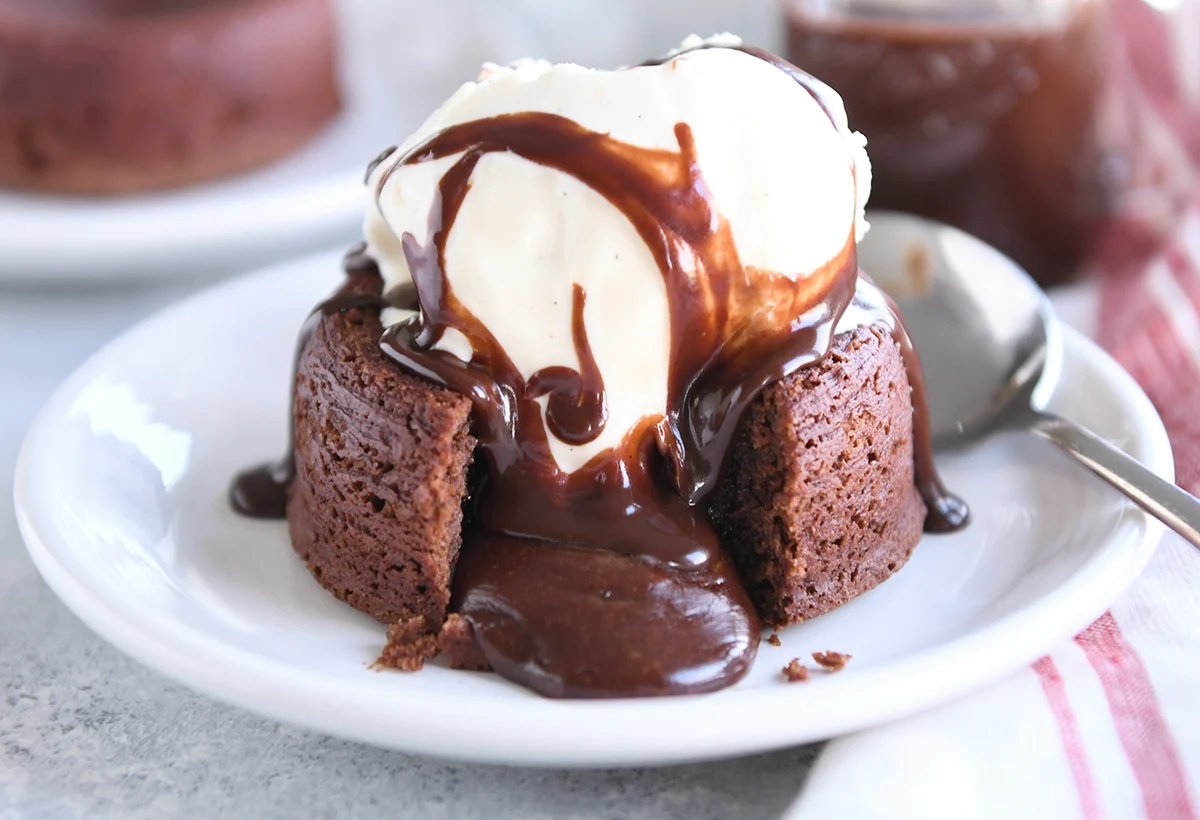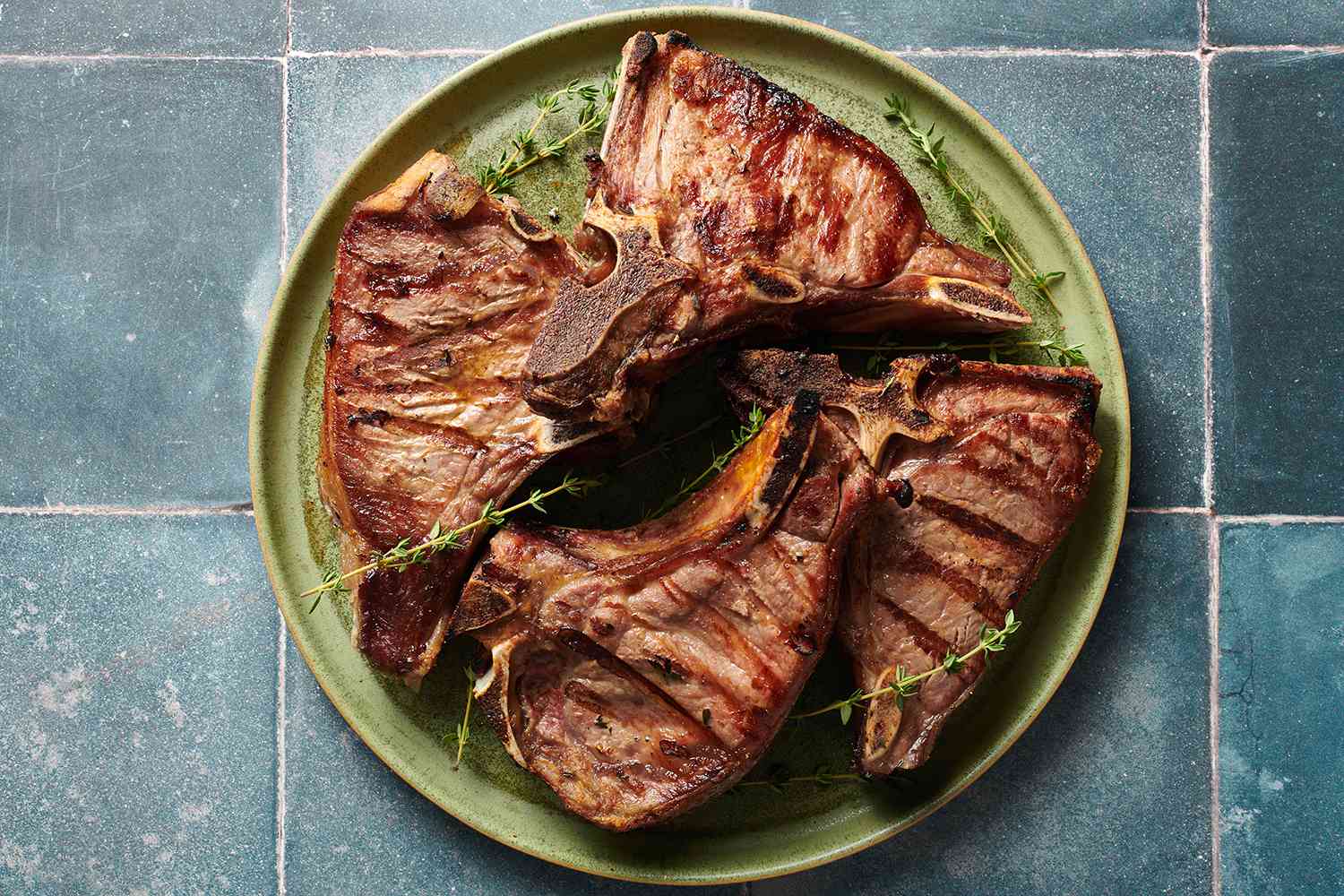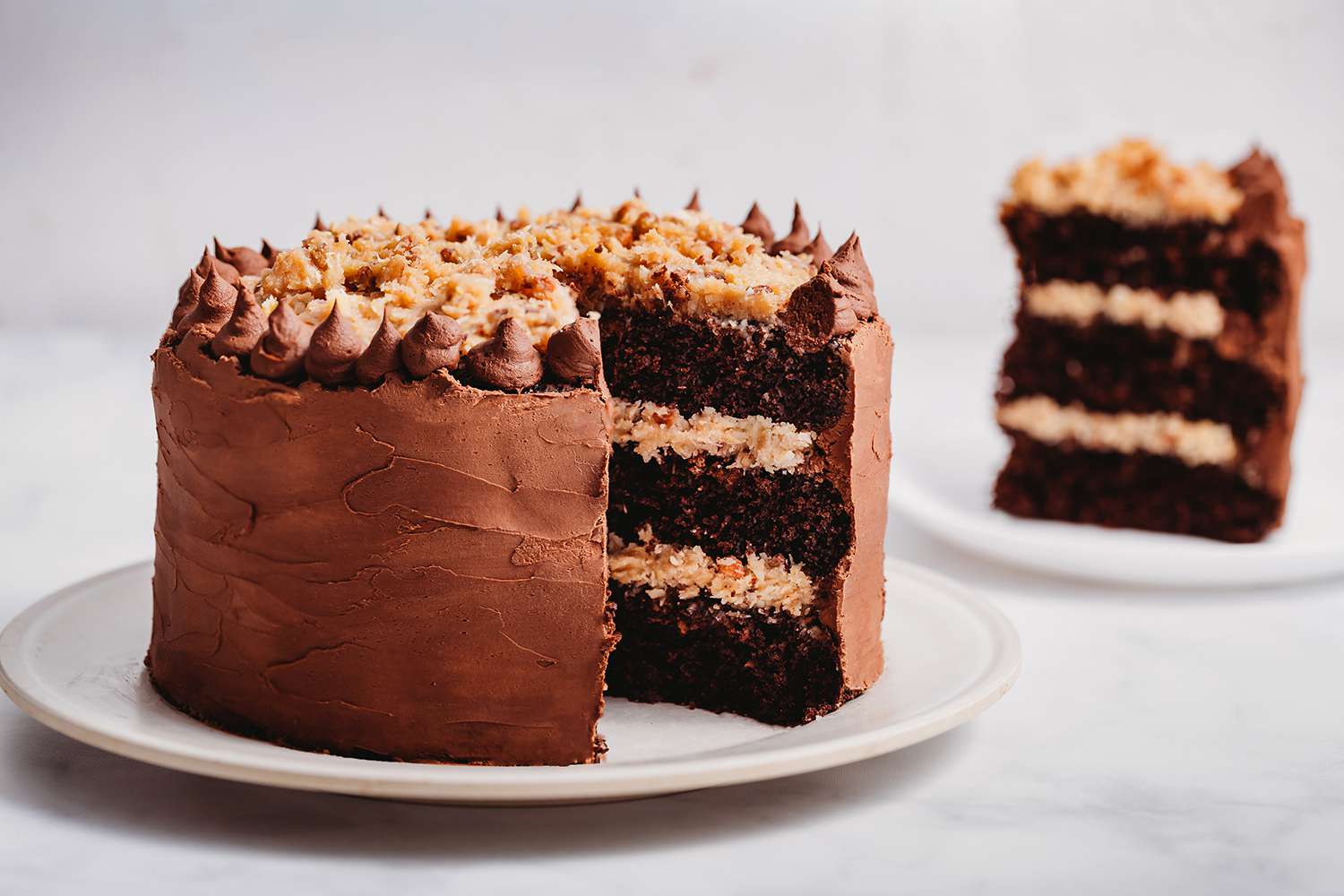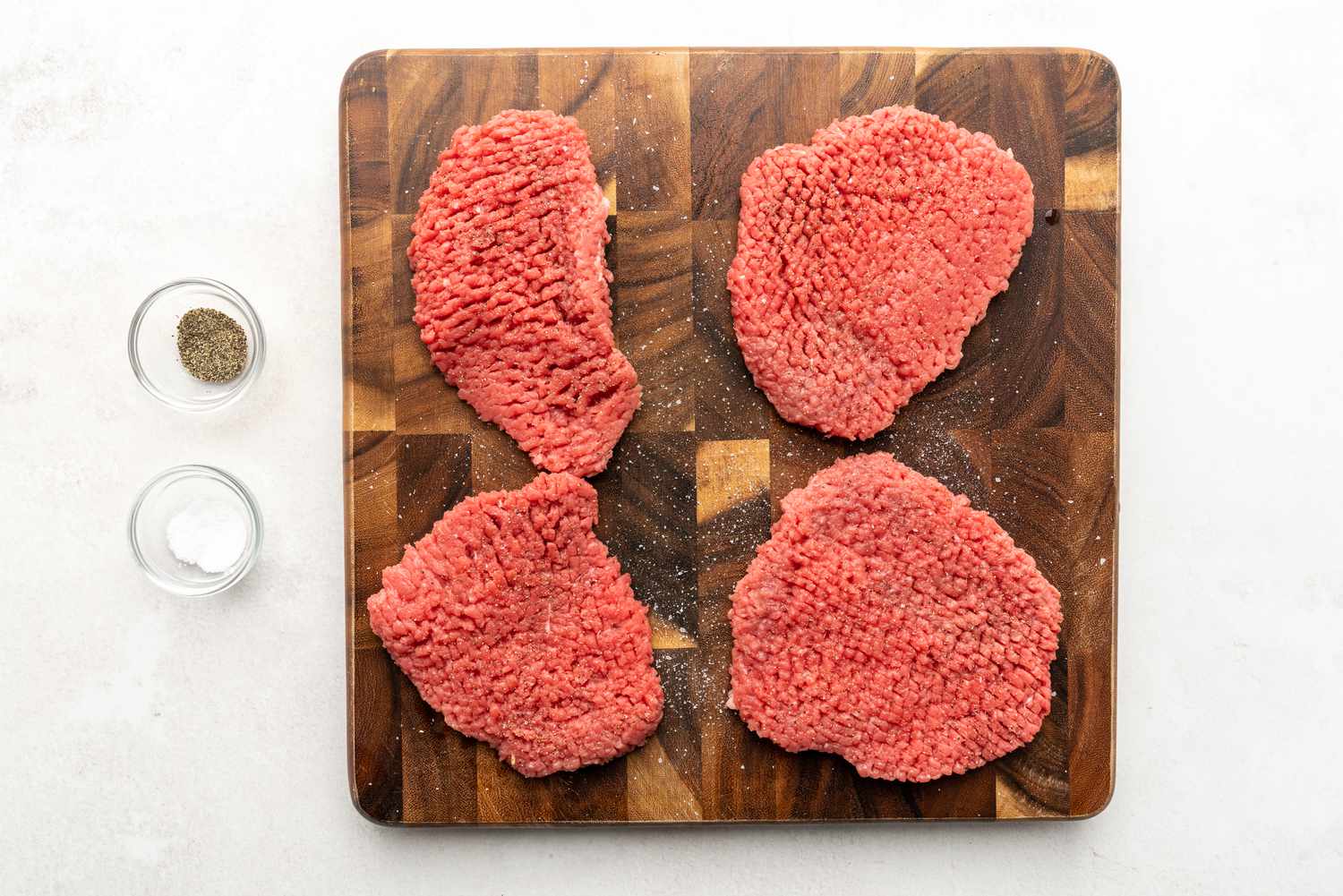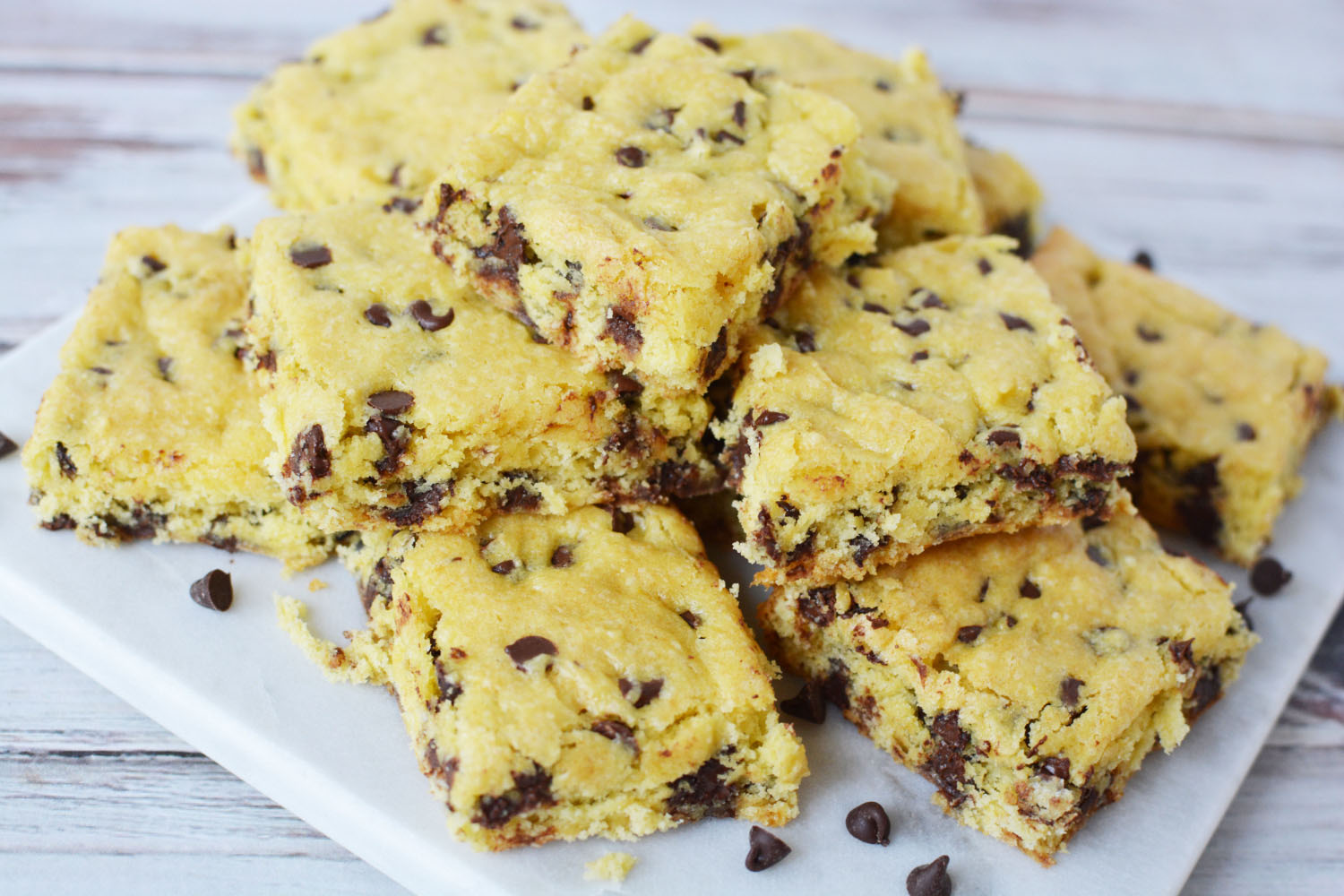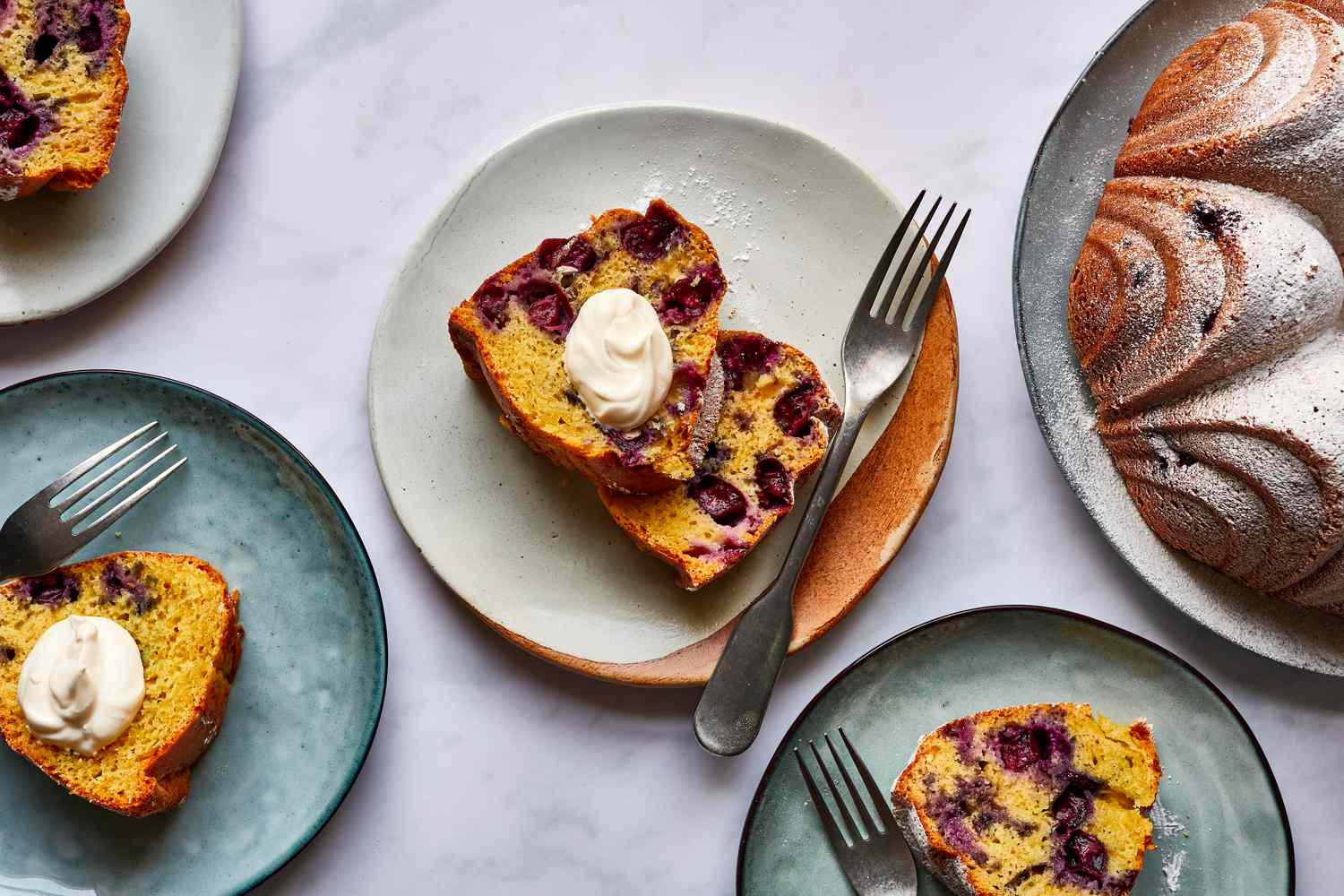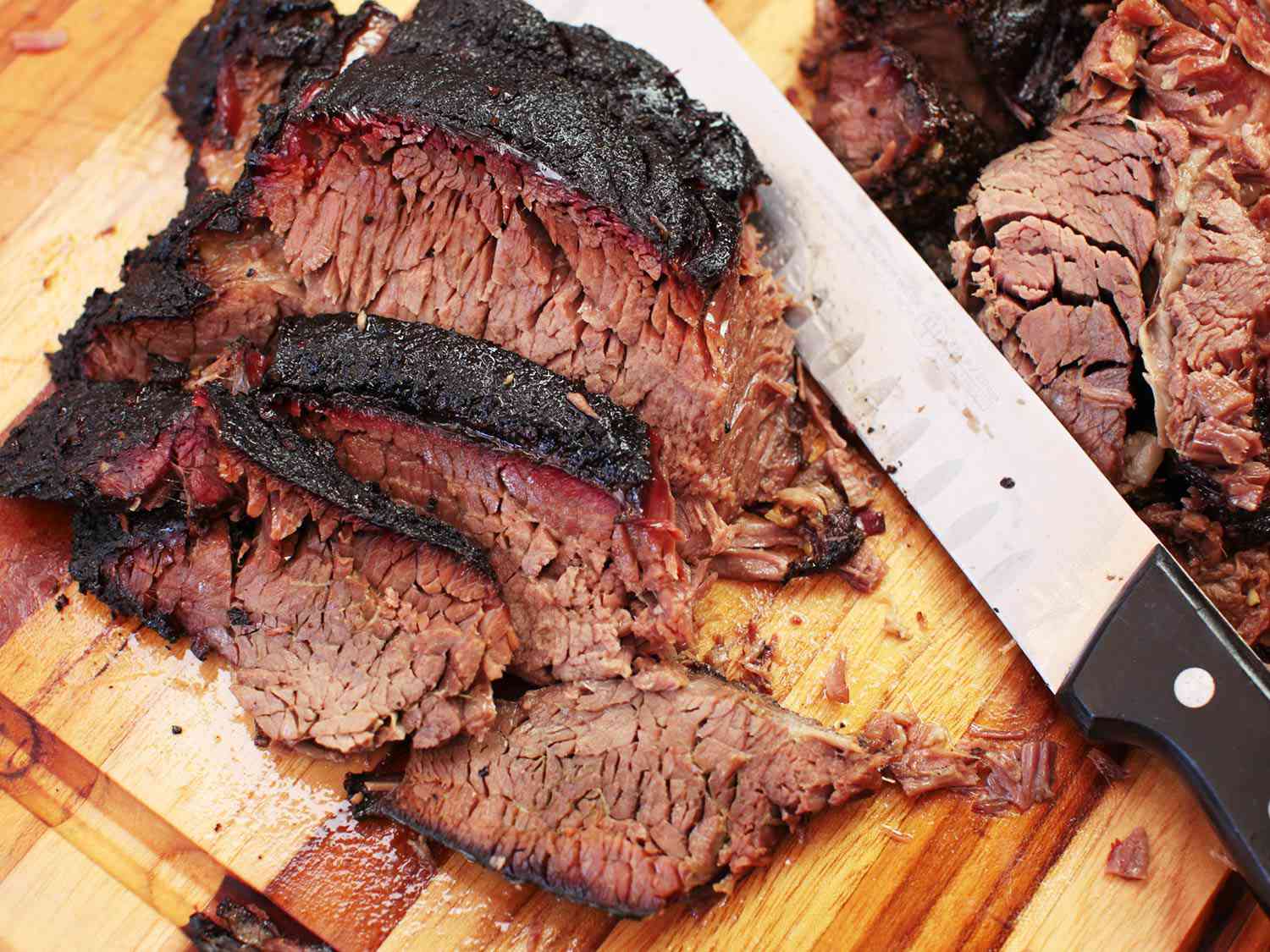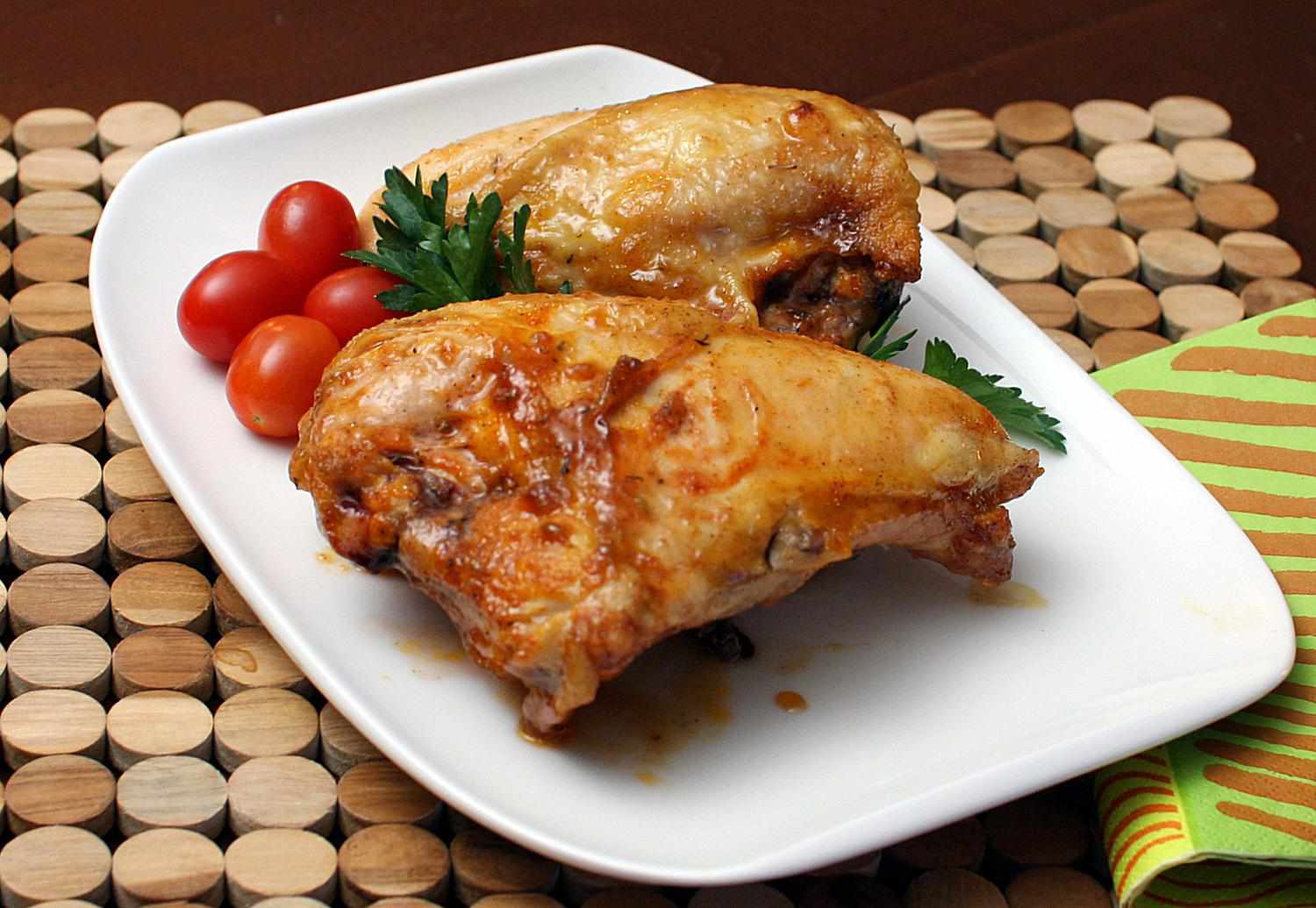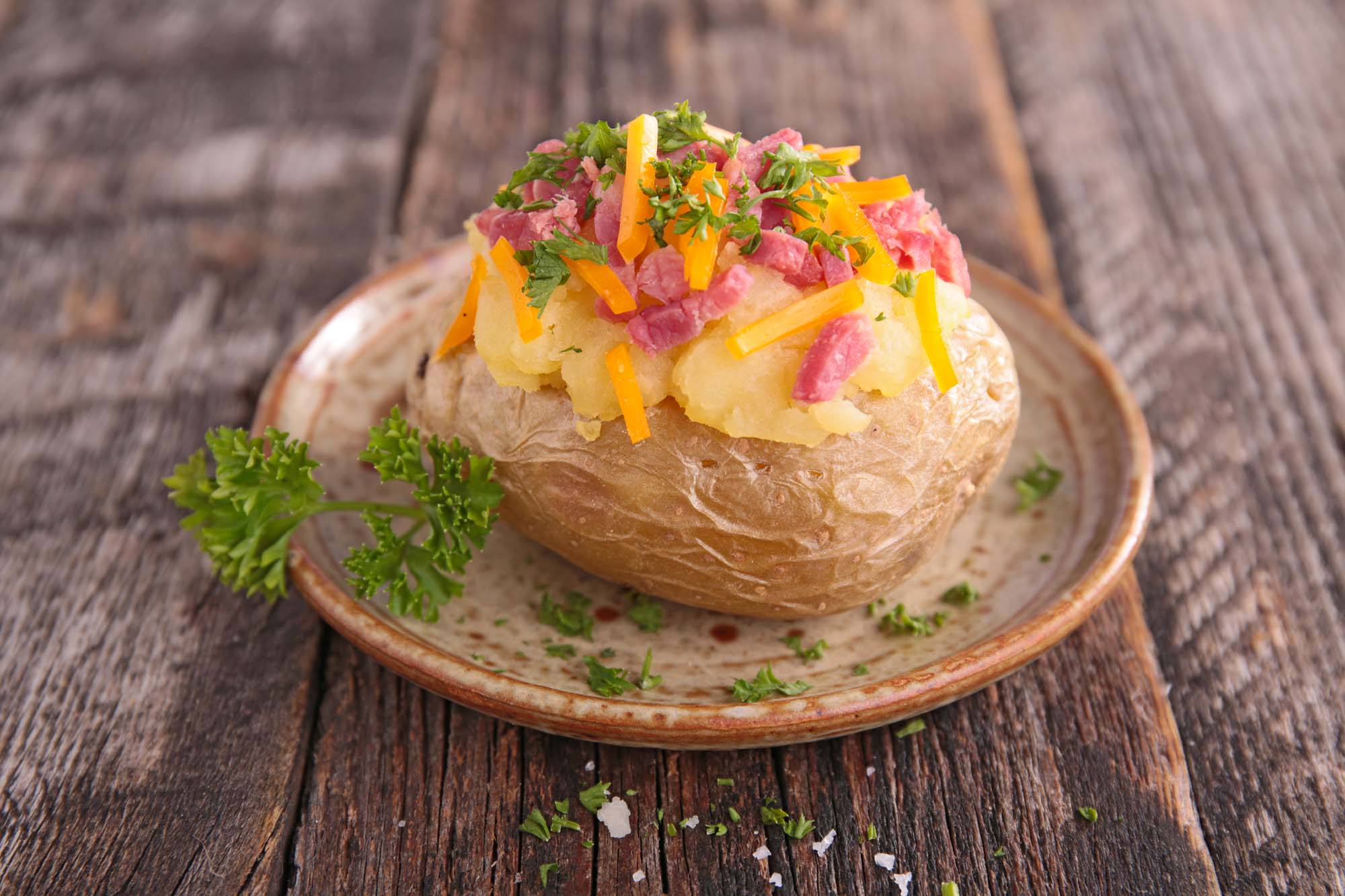A Comprehensive Guide to Baking at High Altitudes
High altitude baking can be a challenging endeavor for even the most experienced bakers. The lower air pressure and higher elevation can significantly affect the baking process, resulting in sunken cakes, deflated breads, and overall disappointing outcomes. But fear not, with the right knowledge and a few adjustments, you can confidently conquer the world of baking at high altitudes. Let’s dive in!
Understanding the Challenges
Baking at high altitudes presents a unique set of challenges due to the lower atmospheric pressure. Here are the main issues you might encounter:
- Leavening: The reduced air pressure causes gases to expand more quickly, leading to over-inflated dough or batter.
- Drying: Faster evaporation occurs at higher altitudes, which can dry out your baked goods.
- Temperature: Water boils at a lower temperature at higher altitudes, affecting cooking times and crust formation.
Key Adjustments for Successful High Altitude Baking
Now that you understand the challenges, let’s explore the adjustments you need to make for successful high altitude baking:
- Adjust Leavening Agents: Reduce the amount of yeast, baking powder, or baking soda by about 25%. This prevents your baked goods from rising too quickly and collapsing.
- Increase Liquid: Counteract the drying effect of high altitudes by adding a bit more liquid to your recipes. This helps maintain moisture during baking.
- Decrease Sugar: Lowering the amount of sugar by around 1-2 tablespoons per cup helps prevent excess browning and promotes better texture.
- Lower Oven Temperature: Reduce the oven temperature by 15-25 degrees Fahrenheit to prevent over-browning and ensure even baking.
- Extend Baking Time: Since things tend to bake faster at higher altitudes, keep a close eye on your baked goods and adjust the baking time as needed. Test for doneness with a toothpick or cake tester.
Tips and Tricks
In addition to the adjustments mentioned above, here are some further tips and tricks to help you achieve baking success at high altitudes:
- Use Parchment Paper: Line your baking pans with parchment paper to prevent sticking and ensure easy removal of your treats.
- Preheat Your Oven: Always preheat your oven thoroughly to stabilize the temperature before baking.
- Experiment and Adapt: High altitude baking often requires a bit of trial and error. Don’t be afraid to experiment and adapt your recipes to suit your specific altitude and baking conditions.
- Invest in an Altitude Chart: Altitude charts are incredibly helpful in determining the adjustments needed at different elevations. They can serve as your baking bible.
- Seek Local Expertise: Don’t hesitate to reach out to fellow bakers or local baking communities who have experience with high altitude baking. They can provide invaluable insights and support.
With these adjustments, tips, and tricks in your baking arsenal, you’re well-equipped to tackle high altitude baking like a pro. Embrace the challenges, get creative, and enjoy the delicious results! Happy baking!
– Using high-quality, professional-grade pans to distribute heat more evenly.
– Preheating the oven slightly longer to compensate for the lower air pressure.
– Adding an extra tablespoon of flour to help absorb excess moisture.
– Using recipes specifically developed for high altitude baking whenever possible, as they take the necessary adjustments into account.
Was this page helpful?
Read Next: Supersized Skillet Cookies
